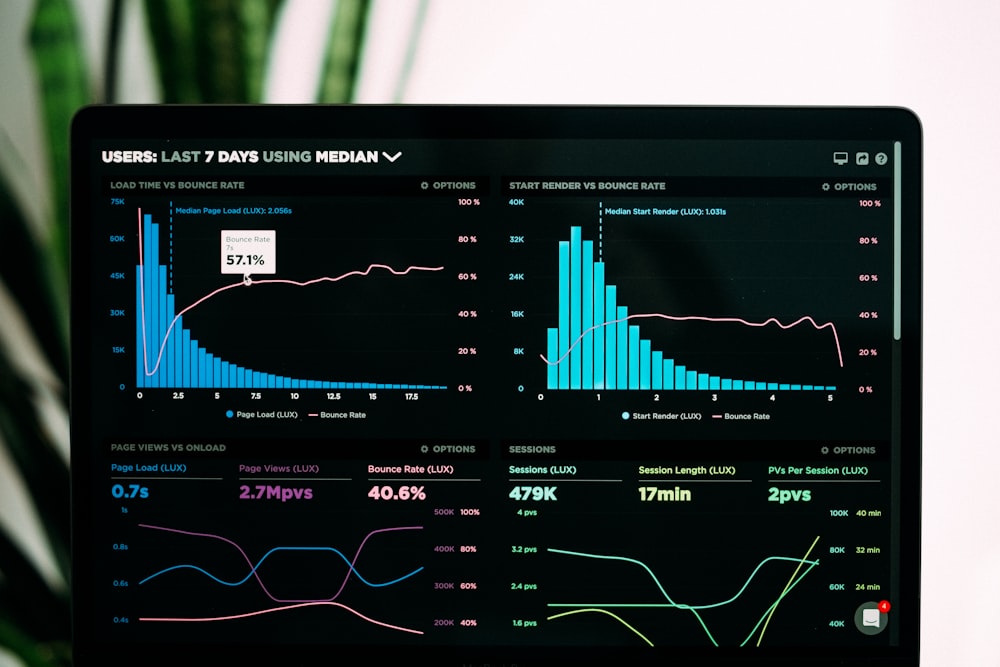4 Best Practices Of Asset Performance

Photo by Austin Distel @ unsplash
Disclaimer: The views expressed in this article belong to an independent guest author and not Leaderonomics, its directors, affiliates, or employees.
The success of a business depends on various factors. One of these factors is how a business manages its operational resources.
Operational resources have different types. These types include the location of your business, workers, machines used, facilities needed, vendors involved, and tools. All these operational resources play significant roles in the production and performance of a business. Therefore, you have to manage these resources for optimum performance. Implementing preventive maintenance software can further streamline the management of these resources, ensuring equipment longevity and minimising downtime.
This article will discuss the different maintenance activities you can do for your operational resources. It will highlight four of the best practices of asset performance you can implement for your business. Keep on reading to learn more.
What Is Asset Performance?
Asset performance is the ability of a business to use operational resources and manage them in such a way that they bring profits to your business.
Business analysts use various metrics to determine the asset performance of your business. These include
- return on assets ratio (ROA)
- cash conversion cycle
- fixed asset turnover ratio
These metrics assess your annual business asset performance.
ROA is the most commonly used metric to determine a business asset performance. This metric divides your business’s net income by total assets. The value achieved is your asset performance. Total assets are calculated by finding the mean of your starting and closing asset values for a specific period.
This may interest you: HRDF: How Do You Evaluate Your SME’s Performance?

To achieve the best asset performance results, you must have the best practices for managing your asset performance. These best practices are as follows:
I. Find The Best Tools For Your Business
As stated earlier, the tools you use in your business influence its level of asset performance. The various tools used in a business include chat tools, proofing and reviewing tools, time-tracking tools, task management tools, and all-in-one management tools. Further, the all-in-one management tools are divided into team, task, and project management software.
- Chat tools. These tools facilitate faster and easier means of communication. They are considered better than phone calls and emails. With more accessible communication, workers and vendors can work more efficiently.
- Proofing and reviewing tools. These help review your business reviews and identify the areas that need improvement.
- Time-tracking tools. Time tracking software is essential in every business as they help manage the time spent in your business, resulting in increased productivity.
- Task management tools. As the name implies, task management tools manage various tasks by adding them to your to-do lists and categorising and scheduling them. Trello and To-do-list are examples of common task management tools.
- All-in-one management tools. These involve software that performs various functions, including those done by the above tools.

All these tools play a critical role in your business’s productivity and performance. Thus, you must invest in them and look for updated tools that are reliable and scalable to help you save time and money.
II. Track The Value Of Your Resources
Your assets’ value isn’t guaranteed to remain constant after you use them and your resources will eventually depreciate.
Determining the depreciation rate of your operational resources is essential as it helps you avoid paying more insurance and taxes than the required amount. In addition, calculating asset depreciation will help you decide whether you need to run maintenance or it’s time to invest in new ones.
Explore: Three Key Steps to Prepare for Data and AI Leadership
Failure to calculate your resources’ depreciation might lead to a cash flow crisis because you're unprepared for replacement or maintenance costs. Hence, if you want to be on the safer side, it’s best to keep tracking the value of your resources and their depreciation rate.
III. Analyse Your Business Asset Performance
It’s also a best practice to analyse your business asset performance. This way, you can determine how your resources are performing.
Are the resources helping you achieve your desired productivity level? If yes, then you can still use these resources. However, if they aren’t helping the business keep up with its goals, you may want to know why.

For example, a piece of equipment that frequently breaks down creates a lot of downtime for businesses. In this case, you may want to consider whether you should continue repairing the equipment or replace it with a new one.
The resources you put into maintaining a piece of equipment shouldn’t exceed the productivity the equipment provides. Frequent maintenance results in overspending, reducing the profits you would have gained from your business. If this happens, you can opt to get other operational resources that will help you achieve the production level you want.
Supplementary reading: Why Trust Is The Most Valuable Of All Business Assets
IV. Maintain Regulatory Compliance
Every workplace has set rules and regulations as a guide on how to do various tasks. You’re expected to abide by these rules as a staff member or a manager.
Accurate reports in business help the people in charge make better and more informed decisions. By doing so, you protect your business’s reputation and its resources. Because it’s critical to maintain regulatory compliance, here’s how you can ensure that your company adheres to the set regulations:
- Have regulatory compliance training where you’ll learn more about the expectations from you and what the regulations entail
- Have a compliance officer, if you’re in a position to hire one
- You can also do a compliance audit to help identify the source of compliance problems.

Furthermore, you can ensure a stress-free workplace where workers have peace of mind when carrying out their duties.
Advantages of Asset Performance
Some benefits you can enjoy when your business has excellent asset performance include:
- Reduction in production cost
- Increased production of goods
- Decreased costs spent on workers
- Reduced costs of inventory and material
Wrapping Up
Businesses have various sectors to boost their overall performance, including asset performance. This sector deals explicitly with using and managing operational resources to gain profits. Operational resources include workers, vendors, tools, location, machines, and facilities.

For optimum performance, your business must adopt asset performance practices, including purchasing updated resources. You should also track their value and performance and ensure the use of the resources complies with the law. Consider using the practices discussed in this article to help you with your asset management.
About Author:Dr. Hillary is an expert in performance management practices. He has more than 25 years of experience specialising in asset performance for small and large businesses. Most of his research focuses on excellent asset performance in businesses. Thus, his work has granted him the authority to write research papers and articles.
Leaderonomics.com is an advertisement free website. Your continuous support and trust in us allow us to curate, deliver and upkeep the maintenance of our website. When you support us, you allow millions to continue reading for free on our website. Will you give it today? Click here to support us.
This article is published by the editors of Leaderonomics.com with the consent of the guest author.





